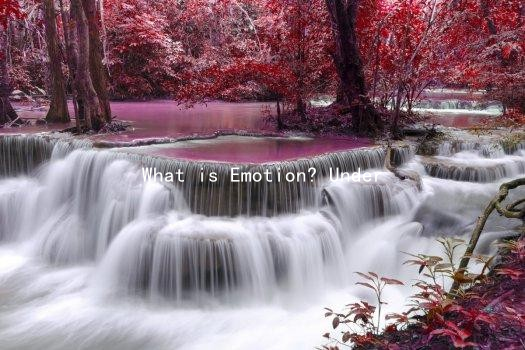What is Emotion? Understanding the Heart of Relationship Communication
What is Emotion? Understanding the Heart of Relationship Communication
Emotion plays a pivotal role in the realm of relationships, serving as both a bridge and a barrier in communication between partners. At its core, emotion is a complex psychological state that encompasses a subjective experience, a physiological response, and a behavioral or expressive response. In the context of romantic relationships, understanding and effectively communicating ones emotions can make a significant difference in how partners connect and navigate challenges together.
To comprehend the essence of emotions in romantic relationships, it is essential to recognize the various types of feelings that can arise. Joy, love, sadness, anger, and jealousy are just a few examples, each influencing relationships in unique ways. For instance, joy and love can foster deeper connections and intimacy, while anger and jealousy may lead to conflict and misunderstandings if not addressed appropriately.
Effective communication about emotions is crucial for fostering healthy relationships. Openly expressing feelings encourages vulnerability, which can strengthen the bond between partners. When one partner shares their emotions honestly, the other is often more empathetic and responsive. This exchange creates a safe space where both individuals can explore their feelings and work through issues collaboratively.
However, discussing emotions can be challenging. Misinterpretations often arise when words fail to capture the intensity of ones feelings. Using “I” statements can be a powerful tool in these situations. Instead of saying “You never listen to me,” one might express, “I feel unheard when we have conversations.” This approach shifts the focus from blame to personal experience, promoting a healthier dialogue.

Active listening is another critical component of emotional communication. It involves not just hearing the words spoken but also understanding the feelings behind those words. This can be achieved by summarizing what the partner has said and reflecting on their emotions. For example, responding with “It sounds like you’re feeling overwhelmed about work right now” demonstrates empathy and validates their emotions.
Additionally, recognizing non-verbal cues is vital in understanding emotional states. Body language, facial expressions, and tone of voice can all convey emotions that words may not fully express. A warm smile or a gentle touch can go a long way in reinforcing feelings of love and support, whereas crossed arms or a tense posture may signal discomfort or defensiveness.
Conflict is inevitable in any relationship; however, how couples handle disagreements can either fortify or weaken their bond. During arguments, emotions can run high, and it’s essential to take a step back and approach the situation with care. Employing techniques such as taking deep breaths, allowing time for reflection, and revisiting conversations when both partners are calm can facilitate more constructive discussions.
Moreover, emotional intelligence—the ability to recognize, understand, and manage one’s own emotions as well as the emotions of others—is a vital skill in relationship communication. Couples who cultivate emotional intelligence tend to navigate conflicts more effectively and maintain healthier interactions. This can be developed through self-reflection, mindfulness practices, and regular check-ins with each other about emotional well-being.
In conclusion, emotions are the heart of relationship communication. They influence how partners connect, resolve conflicts, and build intimacy. By understanding and effectively expressing emotions, practicing active listening, and fostering emotional intelligence, couples can enhance their communication skills. Ultimately, navigating the intricate landscape of emotions will lead to stronger, more resilient relationships, where love and understanding thrive.





